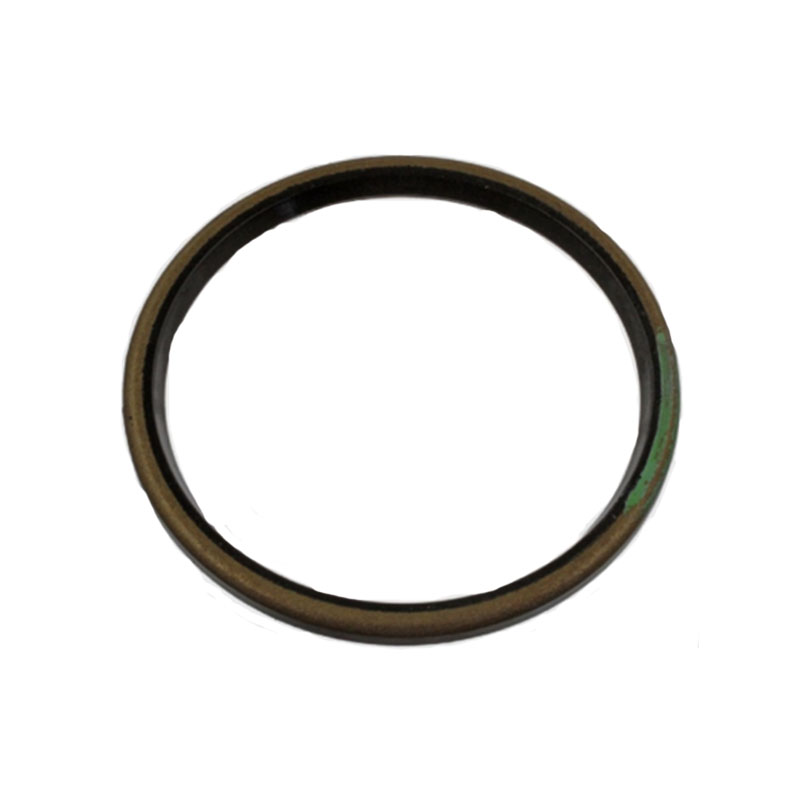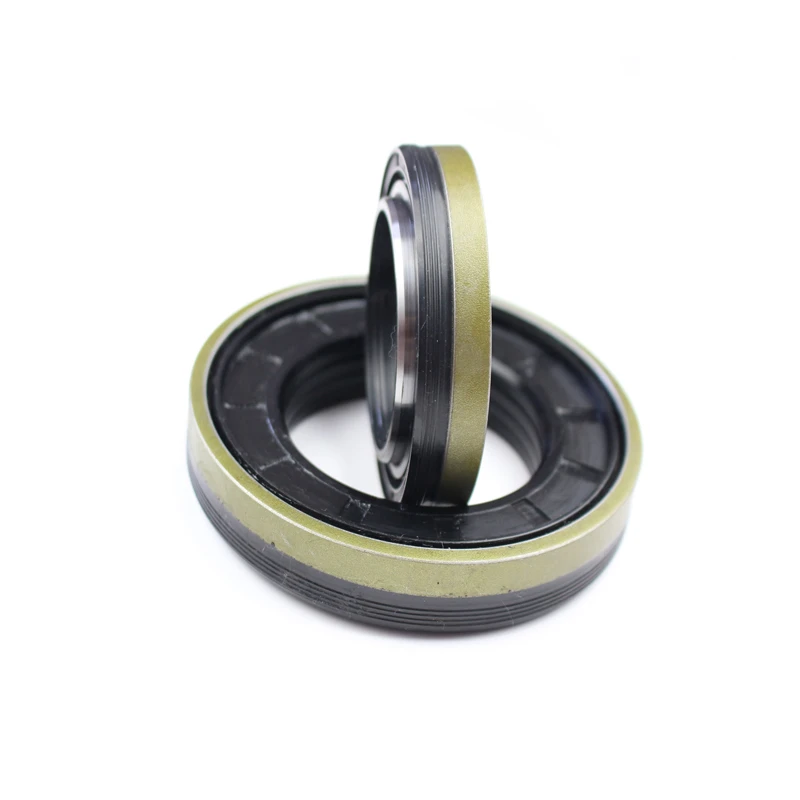bearings for boat trailer


Replacing Bearings A Step-by-Step Guide To replace bearings, first, secure and elevate the trailer. Remove the wheel and hub assembly. The bearings sit within the hub, held in place by a nut. After removing the nut, extract the old bearings and inspect the spindle for wear. Before installing new bearings, clean the hub thoroughly and lubricate the new bearings with marine-grade grease. Install them by reversing the removal procedure. If you are unsure about the installation process, consulting with a professional or a detailed guide could help ensure the job is done correctly. Expert Advice Seeking Professional Help While DIY enthusiasts might relish the opportunity to work on their trailers, seeking professional help for bearing selection and replacement may prove invaluable, particularly for those unfamiliar with mechanical intricacies. Professionals can provide tailored advice based on your specific needs, ensuring compatibility and longevity of the bearings. The Bottom Line Investing in Quality Investing in high-quality bearings can feel like a big expense upfront, but the long-term savings on repairs and the safety afforded are well worth it. Trusted brands and reputable manufacturers often provide more reliable products that have undergone rigorous testing, reducing the risk of unforeseen failures. In the world of boat trailer bearings, you often get what you pay for, and cutting corners can lead to dire consequences. In Conclusion The right bearings are vital to the performance and safety of your boat trailer. By understanding their types, material choices, and maintenance needs, you’re better poised to make informed decisions that will safeguard your investment and enhance your boating experience. Regular inspections and professional guidance will ensure your bearings remain in top condition, providing a smooth and worry-free journey every time you hit the road or water.
-
Understanding the Front Main Engine Seal: Purpose, Maintenance, and Installation
News Jul.29,2025
-
Understanding O-Rings and Seal Rings: Types, Applications, and Custom Solutions
News Jul.29,2025
-
Understanding Crankshaft Oil Seals: Rear Seals, Pulley Seals, and Their Role in Engine Integrity
News Jul.29,2025
-
The Importance of Front and Rear Crankshaft Seals in Engine Performance and Oil Management
News Jul.29,2025
-
Crank Oil Seals: Functions, Types, and Cost Considerations in Engine Maintenance
News Jul.29,2025
-
A Comprehensive Guide to O-Rings and Seals: Types, Materials, and Global Applications
News Jul.29,2025
-
Mastering Diesel and Performance Engine Maintenance: A Guide to Critical Oil Gaskets
News Jul.28,2025
Products categories















